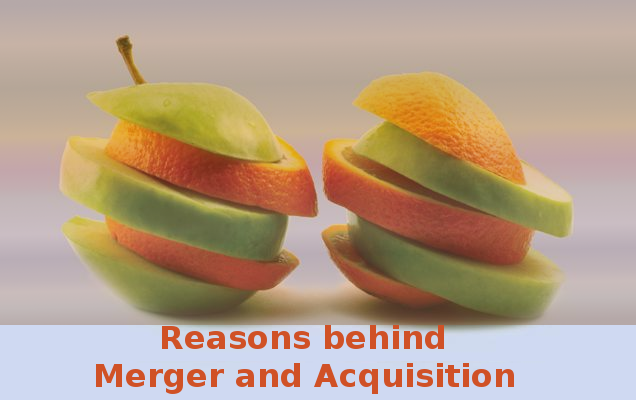Mergers and Acquisitions have always kept the attention of economists alive. Mergers and Acquisitions may well prove to be favorable depending on the strategies and approaches adopted, but it would not be factual to say that all mergers and acquisitions have been successful.
Motivations for Mergers and Acquisitions
Companies go for mergers and acquisitions for many reasons. Some of these reasons are good, in that the motivation for carrying out the merger and acquisition is to maximize the shareholder’s value. Unfortunately, other motives are bad, or at least questionable.
Theoretically, software development companies should pursue an acquisition only if it creates value—that is, if the significance of the acquirer and the target is superior if they operate as a single body rather than as separate ones.
If the expertise of both are amalgamated, it produces synergy. A merger or acquisition is justified if synergies are linked with the transaction. Synergies can take three forms: operating, financial, or managerial. By applying the rules of synergy effectively, a merger can be made a success.
There are several reasons why companies pursue merger and acquisition. Few of them as explained as follows:
Increasing capabilities
Increased capabilities might arise from expanded research and development opportunities or more robust IT services and operations. Similarly, many software development companies may want to combine to leverage costly IT services and operations.
Capability might not be a particular area or segment; the capability might come from acquiring a unique and innovative technology platform rather than willing to build it. Mostly Biopharmaceutical companies are a hothouse for M&A due to the high investment necessary for successful Research & Development in the market.
Gaining a competitive advantage or larger market share
Many firms or companies decide to merge in order to gain a better distribution or to build enlarge the network like so many custom software development companies. A company might want to expand into different market segments or the markets where alike company is already operating rather than starting from the scratch, and so the company decide to merge with the other company.
This business network gives both companies a broader customer base overnight.
Synergy
The commonly used word in Merger and Acquisition is synergy, which is the idea that by combining business activities, performance will increase and costs will decrease. Essentially, a business will attempt to merge with another business that has complementary strengths and weaknesses.
Diversifying products or services
Another reason for merging and acquiring companies is to complement an existing product or service. A company that merges to diversify may acquire some other company in order to reduce the influence of a specific business's performance on its profitability. Two companies may be able to combine their products or services to gain a competitive edge over others in the market. Companies willing to sharpen focus often merge with other companies with deeper market penetration.
Cutting cost
When two companies have similar kind of products or services, merging them can create larger opportunity to reduce or cut down cost. When companies merge, often they have an opportunity to reduce operating costs by integrating and restructuring support functions.
When the total production cost of services or products is lowered as there is increase in the volume, the company thus maximizes total profits.
Growth
Mergers and Acquisitions can give the acquiring company a chance to raise market share without having to do work by themselves - instead, they can purchase a competitor's business for a value or a price. Usually, these are known as horizontal mergers.
Eliminate Competition
Many Merger and Acquisitions permits the acquirer to eliminate upcoming competition and gain a larger market share. The problem with this is that a large premium or effort is usually needed to convince the aimed company's shareholders to agree to take the offer.
References
:

No comments:
Post a Comment